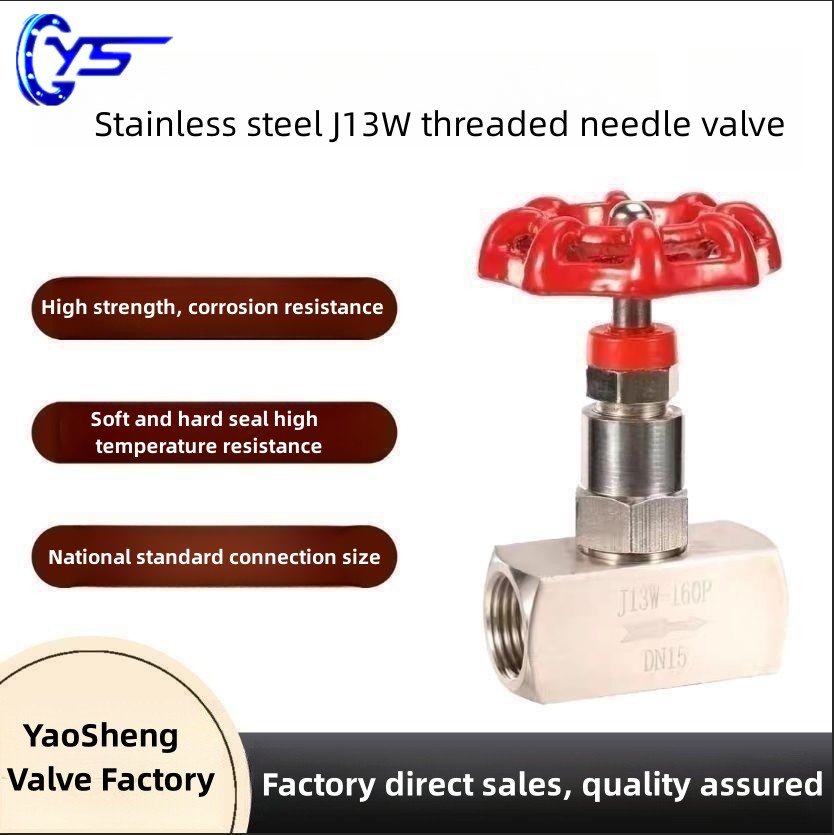Optimizing Performance and Design in Two-Way Butterfly Valve Systems for Industrial Applications
The Butterfly Valve A Comprehensive Overview
The butterfly valve is a simple yet highly effective device used in a variety of applications for controlling fluid flow. Characterized by a disk that rotates around a central shaft, this valve type operates like a rotating door — the disk opens or closes to regulate the flow of substances through the pipeline. In this article, we will delve into the intricacies of butterfly valves, their advantages, applications, and considerations for selection and maintenance.
Function and Design
The fundamental design of a butterfly valve consists of three main components the body, the actuator, and the disk. The body can be made from various materials, including stainless steel, brass, and plastics, allowing users to choose based on the application requirements. The disk is the key component responsible for flow regulation; when it is parallel to the flow, the valve is fully open, and when it pivots to be perpendicular, the valve is closed.
Butterfly valves can be operated manually or automatically (with actuators), including electric, pneumatic, or hydraulic types. This versatility in operation facilitates use in different industries, from water treatment facilities to chemical processing plants.
Advantages of Butterfly Valves
One of the primary advantages of butterfly valves is their efficiency in space and weight. Compared to other valves, such as gate or globe valves, butterfly valves are more compact and lighter, making them ideal for pipelines with limited space. Additionally, the simple quarter-turn operation allows for swift opening and closing, providing a significant advantage in applications where speed is critical.
Moreover, butterfly valves often feature low pressure drops, making them energy-efficient. Their design minimizes fluid resistance, which is crucial in large systems where maintaining pressure is essential.
Another benefit is the flexibility of materials used in construction. For instance, lining materials can be selected to resist corrosion and wear, extending the valve's lifespan even in harsh environments.
Common Applications
Butterfly valves find employment across various sectors due to their efficiency and reliability. In the water and wastewater industry, they are used for controlling the flow of water in treatment plants and distribution systems. The food and beverage industry also utilizes these valves for hygiene and flow control during the production process.
Additionally, butterfly valves play a crucial role in the oil and gas industry, where they regulate flow in pipelines and prevent leaks. In HVAC systems, they are used for efficient airflow control, enhancing the performance of heating and cooling systems.
Considerations for Selection
butterfly valve 2 1 2

When choosing a butterfly valve, several factors must be considered
1. Material Compatibility It is essential to select a valve that can withstand the specific chemicals or substances in the pipeline to prevent corrosion or degradation.
2. Pressure and Temperature Ratings Understanding the operating conditions is crucial. The selected valve must meet the pressure and temperature needs of the application to ensure reliability and safety.
3. Actuation Type Depending on the required response time and automation needs, users can choose between manual, electric, pneumatic, or hydraulic actuation.
Maintenance Best Practices
While butterfly valves are known for their durability, regular maintenance is essential to ensure they function correctly over time. Here are some best practices
- Routine Inspection Regular visual inspections can help identify any wear or damage to seals and actuators.
- Lubrication Keeping the actuator mechanism well-lubricated can prevent operational issues and prolong the valve's lifespan.
- Cleaning Periodic cleaning of the valve body and a thorough check for accumulated deposits can enhance performance.
- Testing Conducting pressure tests and functional checks can ensure the valve operates as intended and meets safety standards.
Conclusion
Butterfly valves are excellent components in fluid control systems due to their design efficiency, versatility, and ease of use. Their widespread application across numerous industries highlights their value, from water treatment to chemical processing and beyond. By understanding their functionality, benefits, and maintenance requirements, one can make informed decisions on utilizing butterfly valves to optimize system performance. With proper selection and care, these valves can provide reliable service for many years, making them a crucial part of modern fluid management systems.
-
The Key to Fluid Control: Exploring the Advantages of Ball Valves in Industrial SystemsNewsJul.09,2025
-
The Versatile World of 1, 2, and 3 Piece Ball ValvesNewsJul.09,2025
-
Stainless Steel Ball Valves: The Ideal Choice for Efficient Flow ControlNewsJul.09,2025
-
Optimizing Fluid Control with Ball Float ValvesNewsJul.09,2025
-
Manual Gate Valves: Essential for Control and EfficiencyNewsJul.09,2025
-
Everything You Need to Know About Butterfly ValvesNewsJul.09,2025
-
The Versatility of Wafer Type Butterfly ValvesNewsJul.08,2025




